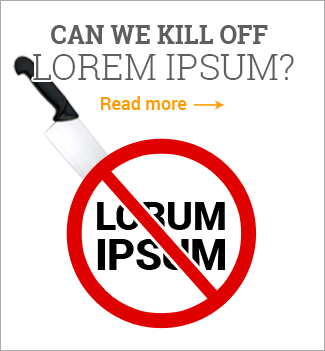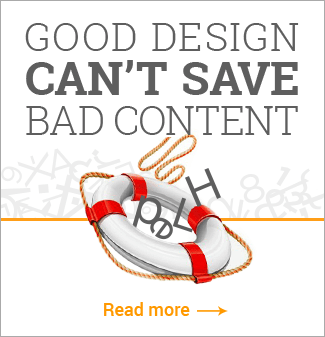
Consumers consume information all day long, so it’s difficult to catch their attention with copywriting — forget about influencing them to actually do something.
So, as a copywriter, what choices are there?
Many. But the best one, which proves to work time and time again, is delivering information that’s relevant to the target audience.
Information is communication. Communicate about something that has nothing to do with a particular person’s interest, and you won’t connect. Speak to his or her needs or wants and you get a completely different response.
When it comes to the Web, copywriting isn’t just something you store and retrieve. To engage online visitors, web content must at least touch on topics or issues that are important to the targeted individual.
That’s when web content connects, influences and converts. And that’s when your web content actually works on the behalf of your business.
When creating web content, always go for relevant. It’ll consistently get you the best return.












